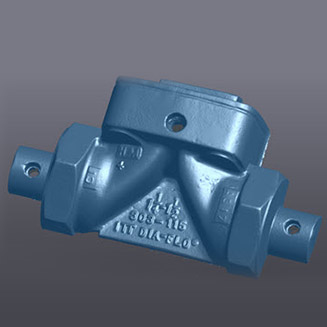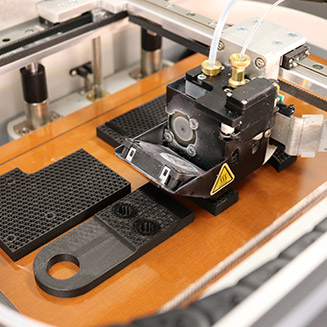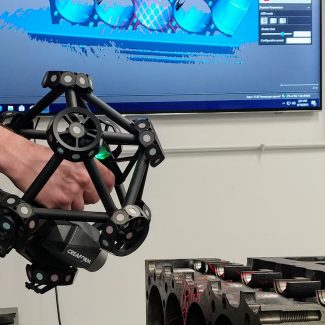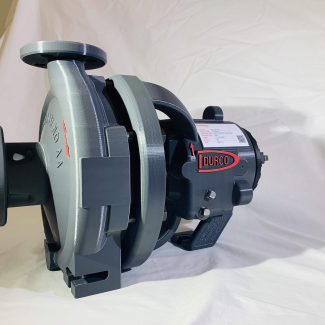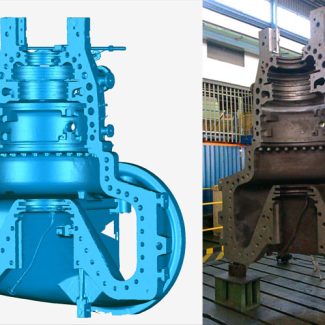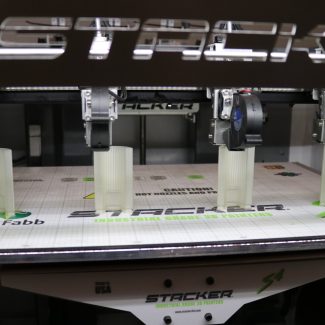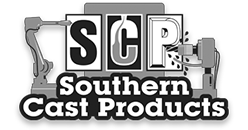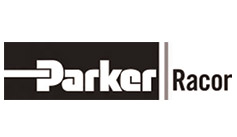Industries that Use 3D Printing
Do you want to produce customized components with enhanced quality and precision? 3D printing has revolutionized the way various industries approach design and manufacturing. As technology advances, the impact of this additive technique on innovation and efficiency cannot be overstated.
It has gained immense popularity across various sectors in improving production efficiency and accuracy. Here’s a look at the major sectors that deploy three-dimensional printing in their business operations:
Automotive Industry
In the automotive sector, 3D printing is widely used for rapid prototyping, which allows designers and engineers to quickly iterate and test different designs. It is a time-efficient and affordable solution to conventional prototyping methods.
By deploying 3D-printed accessories, the enthusiasts can now personalize their vehicles. This customization trend allows the business to tailor the automotive parts to consumer needs.
Moreover, businesses can also employ this innovative technology to make low-volume and specialty vehicles. From intricate interior components to exterior panels, additive manufacturing is reshaping the way the automotive industry produces its products.
Aerospace Industry
3D printing has become a game-changer in the aerospace sector. It allows the production of lightweight yet robust parts and contributes to fuel efficiency. This flexibility enables the manufacturers to create rapid prototypes for testing and evaluation.
One of the most common applications of 3d printing is in the aerospace and defense sector. Not only that, but 3d printing helps in the quick production of complex components as compared to conventional methods.
The aerospace industry benefits from 3D printing in the creation of customized drones and UAVs. Also, businesses can manufacture unmanned aerial vehicles tailored to specific mission requirements. It showcases the adaptability of 3D printing in dynamic environments. Many organizations, such as NASA, also utilize this groundbreaking technology in the manufacturing of satellite products.
Medical and Healthcare Industry
In healthcare, 3D printing is transforming patient care with the production of custom implants and prosthetics. Surgeons can now benefit from 3D-printed surgical tools designed for specific procedures. These tools ameliorate the precision and allow for the customization of surgical tools.
Also, with this technology, bioprinting of organs and tissues has become a breeze. It offers patient-specific organ transplants and alleviates the rejection risks.
Manufacturing Industry
3D printing is deployed in manufacturing to produce customized tooling and jigs. These tools aid in the assembly and production processes. This technology is increasingly integrated into traditional processes to streamline production and improve efficiency.
From creating complex geometries to reducing material waste, 3D printing offers a more sustainable and efficient approach to manufacturing.
Construction and Architecture
Architects utilize 3D printing to create detailed architectural models and prototypes. This technique aids in the visualization of building designs, client presentations, and the overall design validation process.
Also, additive manufacturing is revolutionizing the production of building components. Entire walls, facades, and even structural elements can be printed onsite. It mitigates the construction time and costs while allowing for greater design freedom. By minimizing material waste and optimizing resource usage, 3D printing aligns with modern eco-friendly construction practices.
3D printing has emerged as a transformative force across different industries. It has reshaped the traditional manufacturing processes and unlocked new possibilities. From redefining the automotive or aerospace sectors with rapid prototyping to revolutionizing healthcare, 3D printing has demonstrated unparalleled versatility.

